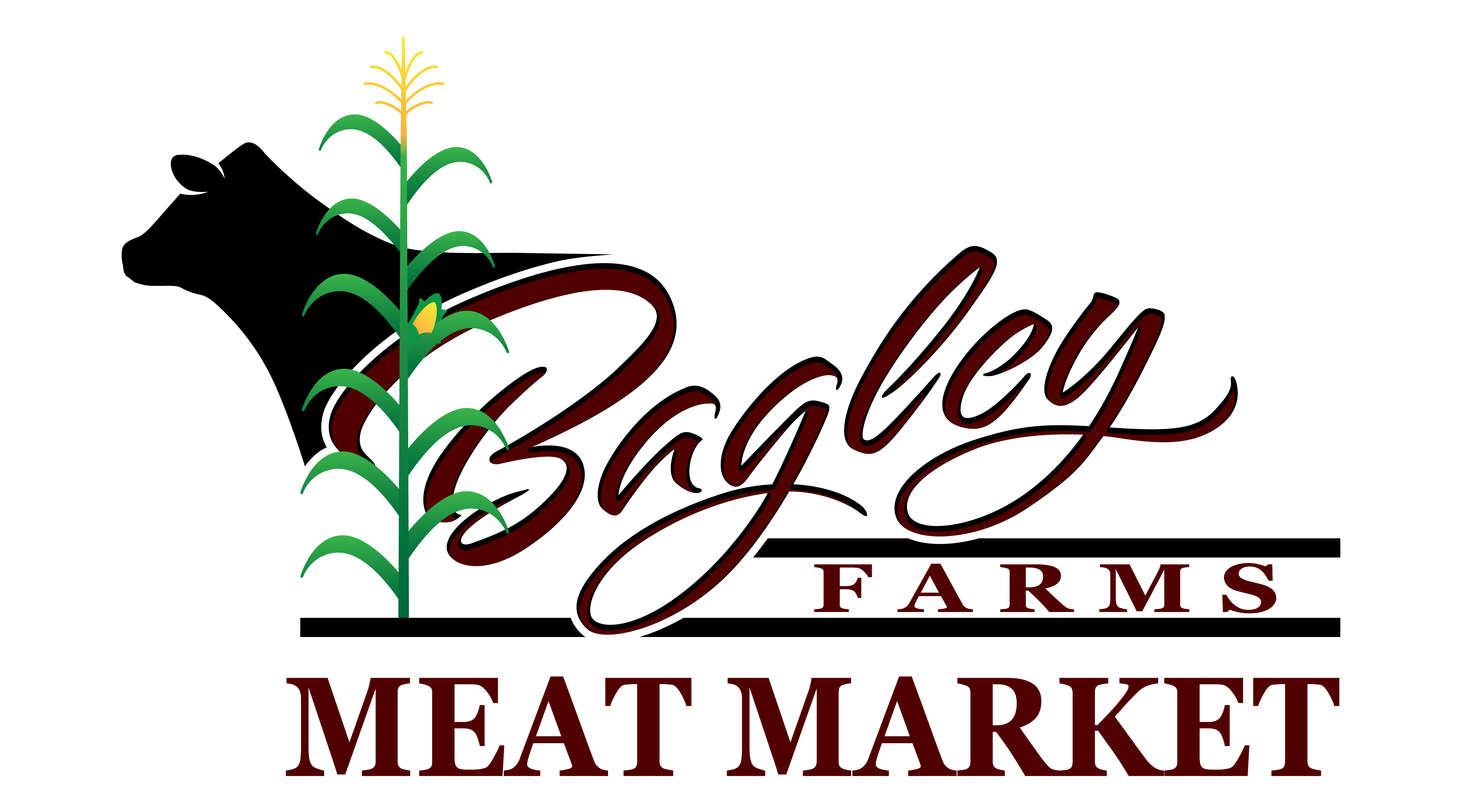Why Citizens Love Bagley Farms Meat Market Edwardsville IL for Their Meat Purchasing
Why Citizens Love Bagley Farms Meat Market Edwardsville IL for Their Meat Purchasing
Blog Article
Uncover the Art of the Butcher's Cut in a Modern Meat Market
In the ever-evolving landscape of modern meat markets, the butcher's cut has actually transcended its conventional origins, combining age-old workmanship with contemporary techniques. What genuinely sets the modern butcher apart is their capacity to forge a much deeper connection in between consumers and the beginnings of their meat.
Development of Butchery Techniques
The development of butchery techniques mirrors a rich tapestry of technology and adaptation driven by advancements in innovation, changes in customer need, and a deeper understanding of meat scientific research. Historically, butchery was a craft passed down via generations, with methods sharpened over centuries to make best use of yield and taste. The industrial transformation ushered in automation, transforming conventional methods and making it possible for large-scale handling.
The mid-20th century saw butchery strategies even more fine-tuned by clinical understandings into muscle biology and meat aging, improving both inflammation and taste. Developments like vacuum cleaner product packaging and refrigeration expanded product shelf-life, enabling butchers to expand offerings and boost quality assurance. This period likewise noted the surge of specialized devices, such as band saws and meat slicers, which boosted accuracy and efficiency in meat processing.

The 21st century has presented electronic modern technology right into the butchery world. Digital systems currently help in monitoring animal provenance and optimizing cuts to satisfy specific customer preferences. Additionally, a rebirth in artisanal butchery has actually arised, mixing standard abilities with modern-day understanding to provide to consumers looking for honest and lasting meat options. This evolution highlights a dynamic interplay between practice and technology, conference contemporary needs while protecting the craft's heritage.
Recognizing Meat Cuts
Understanding the ins and outs of meat cuts is important for both butchers and customers looking for quality and worth. For butchers, precise cuts show ability and respect for the craft, making sure minimal waste and optimal return.

Understanding muscle mass make-up is important; muscle mass used extra regularly by the animal often tend to be harder and are best suited for slow-moving cooking methods, while less-used muscular tissues, like those discovered in the loin, are more tender and perfect for grilling or roasting. Knowledge with these distinctions empowers customers to make informed options, enhancing their cooking endeavors.
Picking High Quality Meat
Picking the right meat involves even more than simply picking an aesthetically enticing piece from the screen. The art of picking quality meat needs a critical eye and knowledge of particular features that signify freshness and quality.
Secondly, take into consideration the marbling, which refers to the white flecks of fat within the muscular tissue. Proper marbling is an essential indication of tenderness and taste, as it melts during food preparation, enhancing the meat's juiciness. Bear in mind, greater marbling frequently correlates with superior top quality cuts, such as USDA Prime.
Texture is one more essential factor; meat ought to really feel solid to the touch, not slimed or excessively soft. In addition, bear in mind the aroma. Fresh meat should have a tidy, neutral scent, totally free from any type of sour or off-putting smells.
Combining Cuts With Food Preparation Methods

Alternatively, harder cuts like brisket and chuck roast are rich in collagen, which breaks down right into jelly when prepared slowly. These cuts are optimal for braising or slow-moving roasting, permitting the meat to tenderize in time and create deep, intricate flavors. Similarly, cuts such as short ribs and pork shoulder get on well with slow-cooking approaches, where expanded click over here cooking times change their robust textures into succulent meals.
Lamb shanks and oxtail, which need extended food preparation to soften, are excellent check my site prospects for stewing or sluggish simmering. These techniques coax out abundant, passionate flavors while preserving dampness. By comprehending the one-of-a-kind qualities of each cut, cooks and home cooks alike can boost their culinary productions, guaranteeing each meal is both pleasing and memorable.
The Butcher's Role Today
Navigating the progressing landscape of the contemporary meat market, the butcher's role today extends past simple preparation of cuts. Contemporary butchers are cooking artisans, educators, and supporters for lasting methods. They bridge the gap between the ranch and the fork by making certain moral sourcing, recognizing pet husbandry, and focusing on transparency in the supply chain. This change reflects the expanding consumer need for high quality over quantity, where provenance and pet welfare are paramount.
In addition to crafting specific cuts, butchers now involve directly with customers, using cooking guidance and customizing selections to match individual demands and preferences. Their knowledge in meat aging, marbling, and flavor accounts encourages consumers to make enlightened decisions, boosting their culinary experiences. This personalized service exhibits the butcher's advancing his explanation function as a trusted expert in the kitchen.
Moreover, butchers are crucial in decreasing waste, making use of whole pets to produce diverse products such as sausages and stocks. This comprehensive approach not only respects the pet but also aligns with modern sustainability objectives. In this method, the modern-day butcher symbolizes both custom and innovation, adjusting to an ever-changing market while maintaining the virtuosity and stability of their craft.
Conclusion
Proficiency in recognizing varied meat cuts and high quality indicators equips butchers to offer informed suggestions, lining up certain cuts with optimum food preparation techniques. By honoring historical practices while accepting modern needs, the butcher's function continues to be vital in today's innovative meat market.
Report this page